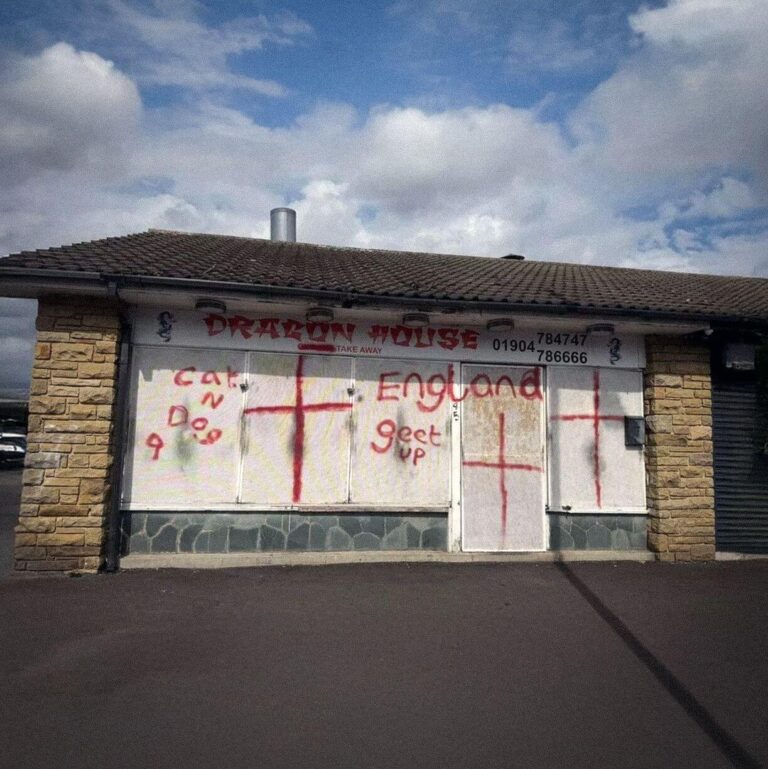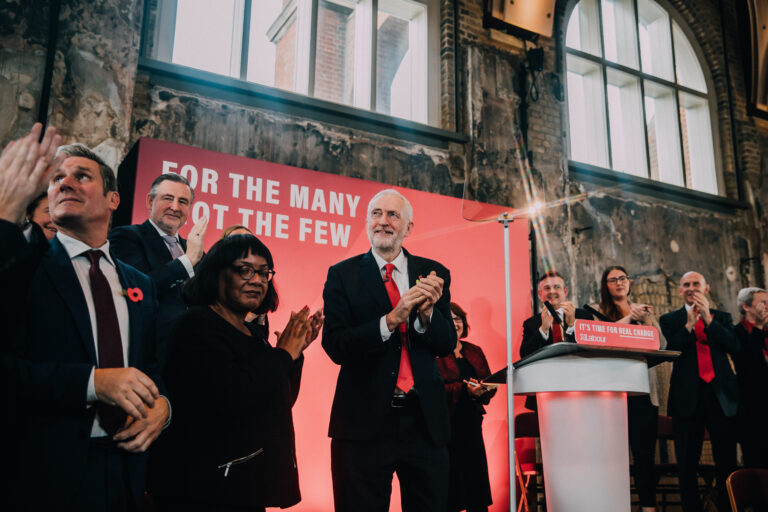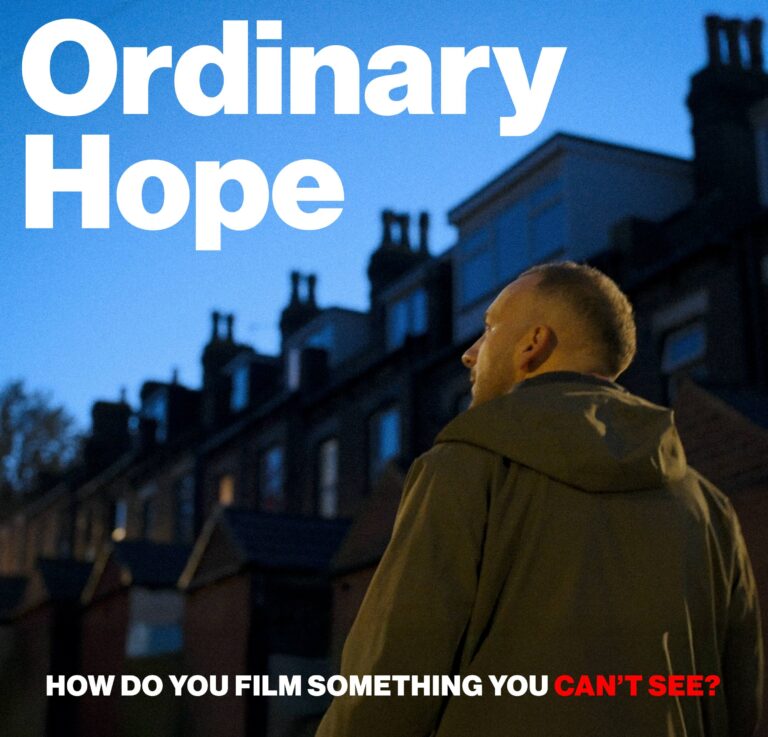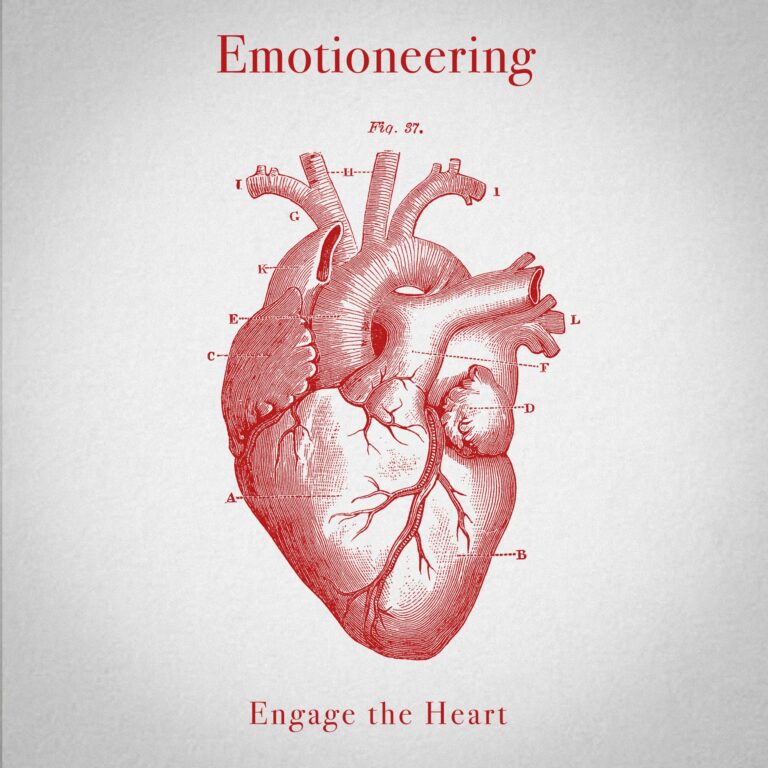Patriotism as pressure
It’s impossible to exist in Britain without seeing it. Walk through the country and you feel it. Within weeks the place has changed. From top to toe flags appear. Hanging from windows. Draped from cranes. Painted across roundabouts. Pinned to lampposts and railings. A flood of red and white and blue until the air feels heavier, and the streets look less like home and more like a takeover — in part orchestrated by far-right forces, preying upon extreme dissatisfaction and real hardship.
This is not joy. It is not carnival. It is pressure. It is a mood that seeps into skin and bone. They call it patriotism. They say it is pride. Even Keir Starmer nods along. He reads from the same script as the tabloids and the far right. The flag is pride. The flag is who we are. The flag is the cloth that covers us all.
The semiotics of the British flag
But here’s the thing. A flag is never just cloth. Yes, you can hold it in your hand, you can touch the weave, you can see the paint drying on a wall. But that’s only the visible part. In semiotics we call that part the signifier, the handle, a flag, a word, a symbol.
But the signifier never travels alone. It always drags an invisible companion, freight you can’t see but you feel — the signified, the meaning. And here’s the trick: the link between the two is never fixed. It slips. It slides. Same handle, different freight.
Take the word gay. Once it meant happy. Then it meant same-sex love. Then for a time it was playground slang for bad or awful. Same signifier, different signifieds. That’s semiotic slippage. And it’s exactly what we see happening to the British flag.
The flag as semiotic battle ground.
And the same thing has happened to the flag. It is not fixed. The meaning isn’t frozen in time. It is always in debate, always being fought over. Geri Halliwell in her Union Jack dress turned it into cheeky pop feminism. The Sex Pistols ripped it up to sneer at empire and monarchy. Now the far right daub red and white across walls with slogans like “Send them home.” Same cloth. Same cross. Totally different meanings. We can, and must, fight to win the debate. We don’t have to leave this terrain uncontested. In fact, it is imperative that we take a stand against nationalistic overtures and fix our meaning in this time.
Because if we don’t, what happens next is fucking dangerous. The far right daub their flags across towns and villages and Keir Starmer gives it the green light. He calls it patriotism. He even boasts of a flag in his bedroom — not a symbol of love, but of obedience. He ignores the shift in meaning, pretends the flag is still pure cloth, still red white and blue with no ideology attached. But everyone can feel it. The enormous dark cloud of racism stitched into the flag. The pressure building on people with melanin skin. The stares, the slurs, the attacks. To call that patriotism is not neutral. It is an endorsement. It is cover for the cultural coup.
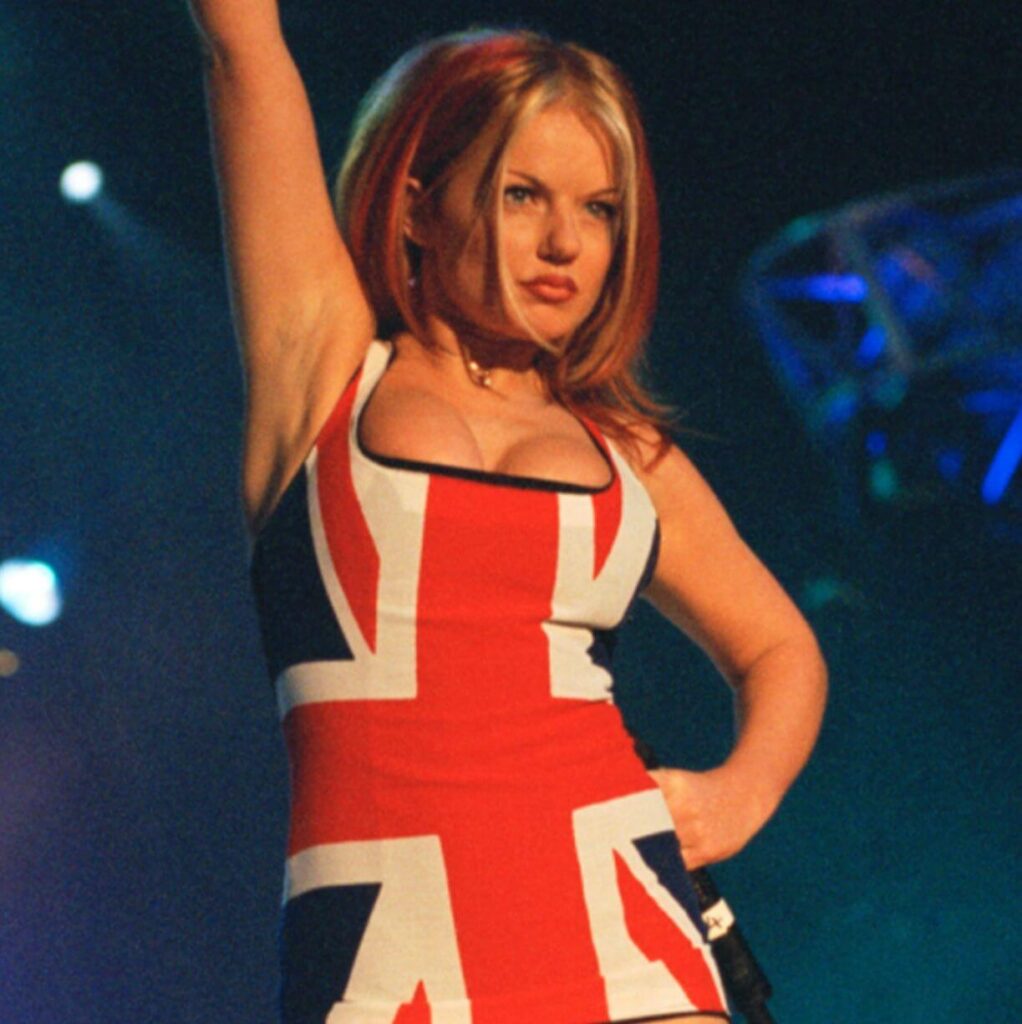
What Starmer is doing here is naturalising the cultural coup. He treats vandalism as pride. He calls the red and white daubings patriotism. By doing that he makes the ideological shift look natural, as if the flag has always meant this, as if nothing has changed. That is how the coup sticks.
But look at who else uses paint. Palestine Action. They throw paint on the walls of weapons factories, on the offices of companies complicit in genocide. Their message is clear, visible, and impossible to ignore. And for that they are prescribed as a terrorist organisation. Same material act. Paint on a wall. But one meaning is blessed and the other outlawed. One is naturalised as common sense, the other criminalised as extremism.
Ask anyone who lives under this storm what the flag means now. People with melanin skin feel it first. More stares on buses. More slurs on the street. More attacks shrugged off as nothing. The flag on the roundabout is not neutral. It is a signal. It marks the border of belonging. It tells you who is safe and who is not. To call that pride is to lie in plain sight.
From flag shagging to flag tagging
So what the fuck should we do about all of this? We can’t take the flags down. That would be branded unpatriotic. The trick is to play the same game. Pretend there’s no ideology. Pretend we are just as innocent as the ones painting red and white across the country. Innocently reclaim the flag. Innocently tag it back.
We’ve done this before. During Covid the windows filled with rainbows. A wave of colour that felt like solidarity in every street. We can and do it again because we need solidarity in every street once more.
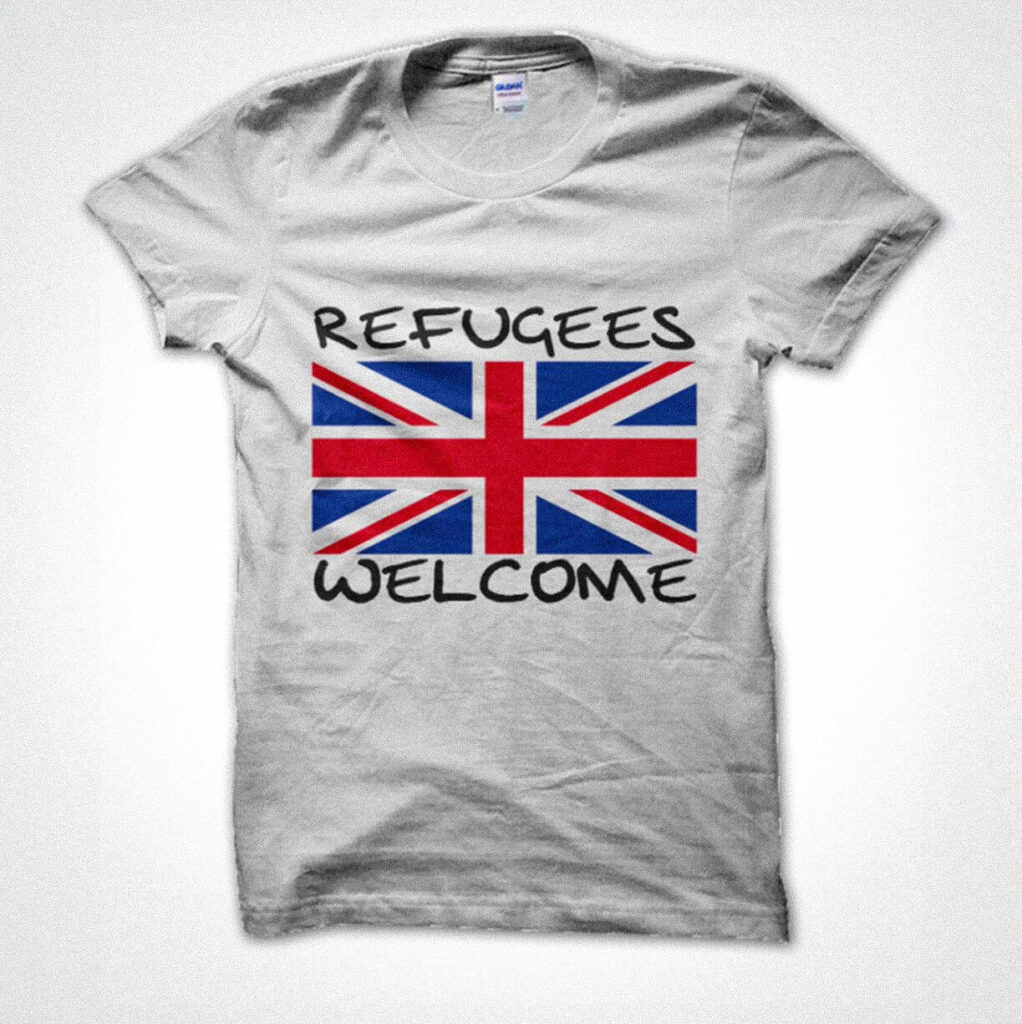
We can reclaim meaning. We can contest the narrative and create something with different meaning.
Add a heart to the English flag. Add an island of belonging. Use stencils to tag Migrants Welcome on the same roundabouts already plastered with exclusion. After all, graffiti is now okay. Thank you, Keir.
Tag it back — on walls, on shirts, on screens, in every medium we can. Tag it back — not just paint, but words, images, symbols that shift meaning.
This is the choice we have. Flag shagging or flag tagging. Flag shagging means pretending nothing has changed, worshipping the cloth while racism spreads underneath, stoked by the organised far right. Flag tagging means using the same cloth, the same surfaces, to naturalise something else. Belonging. Solidarity. Migrants Welcome.
A flag is never neutral. If we don’t contest it, the far right already has.

If it doesn’t communicate, it isn’t comms
Two sharp blog posts a month — sign up or miss out.
Thank you!
You have successfully joined our subscriber list.


